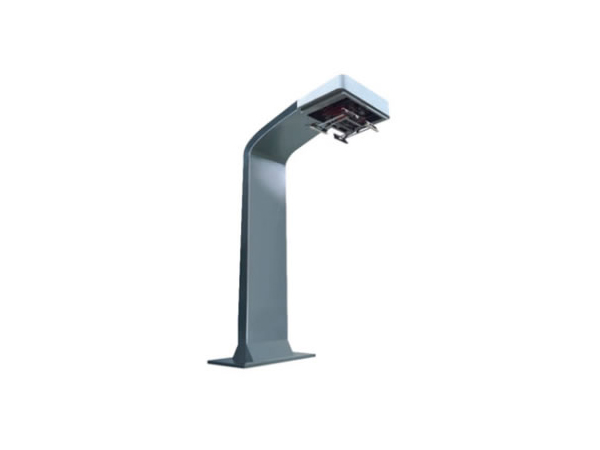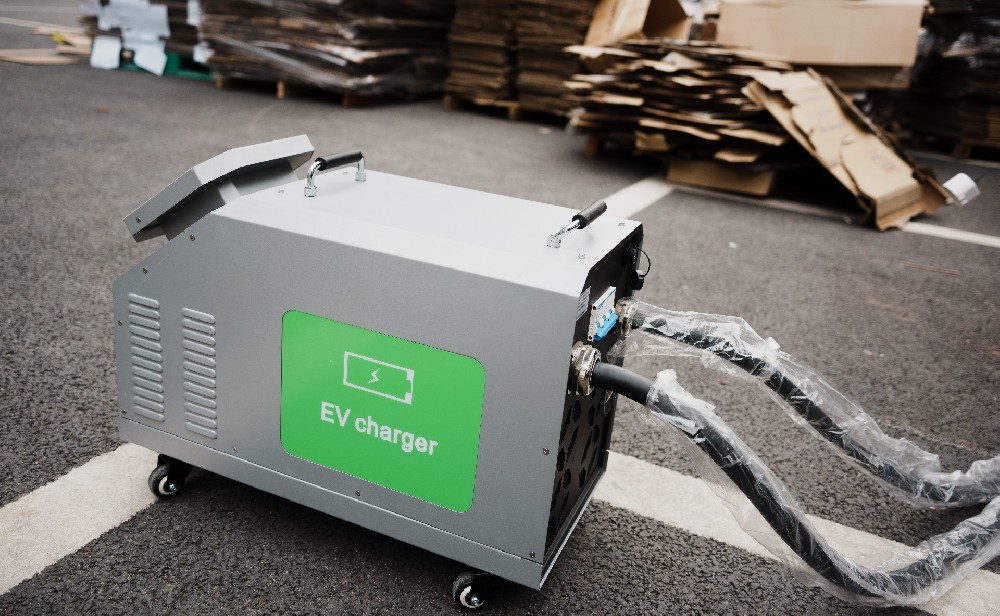-
13822183778@139.com
-
13822183778
How to improve the safety of new energy vehicle charging stations?
With the continuous growth of the number of new energy vehicles and the continuous development of the electric vehicle charging pile industry, the use of electric vehicle charging facilities is becoming more and more frequent, and the safety of both residential and public charging piles is of great concern to consumers.

Car charging stations are installed in various environments, and the safety design of electric car charging stations requires consideration of environmental conditions and user factors. The safety design of electric vehicle charging stations needs to be integrated into every aspect of the entire charging station design, production, testing, installation, and use process to ensure the safety of charging personnel, electric vehicles, charging facilities, and the charging process. At the same time, while ensuring the safety of electric vehicle charging stations, it is also necessary to consider the convenience of consumer use and operation.
Waterproof, moisture-proof, and anti fog measures for charging stations are essential for outdoor use. Some charging stations that do not meet technical standards or lack maintenance for a long time are prone to water ingress inside the charging station, metal corrosion, moisture on the inner wall of the device, water vapor entering the information display screen, and inability to clearly observe relevant information, which affects operation and brings about leakage safety issues. Therefore, it is very necessary to use waterproof, moisture-proof, and corrosion-resistant charging pile materials and sealing materials.
In addition, during the production of charging piles, it is necessary to use shock-absorbing and impact resistant charging pile sealant to fill the internal space. This not only has flame-retardant and thermal conductivity properties, but also has shock-absorbing and impact resistant effects. Charging stations should have the function of tilting, stopping, and cutting off power, which can prevent accidental collisions from causing secondary electric shock injuries to personnel.
 How long does it take to charge ···
How long does it take to charge ···
 DC Fast Charging CCS type 2 plug
DC Fast Charging CCS type 2 plug
 The high-voltage and high-curren···
The high-voltage and high-curren···


